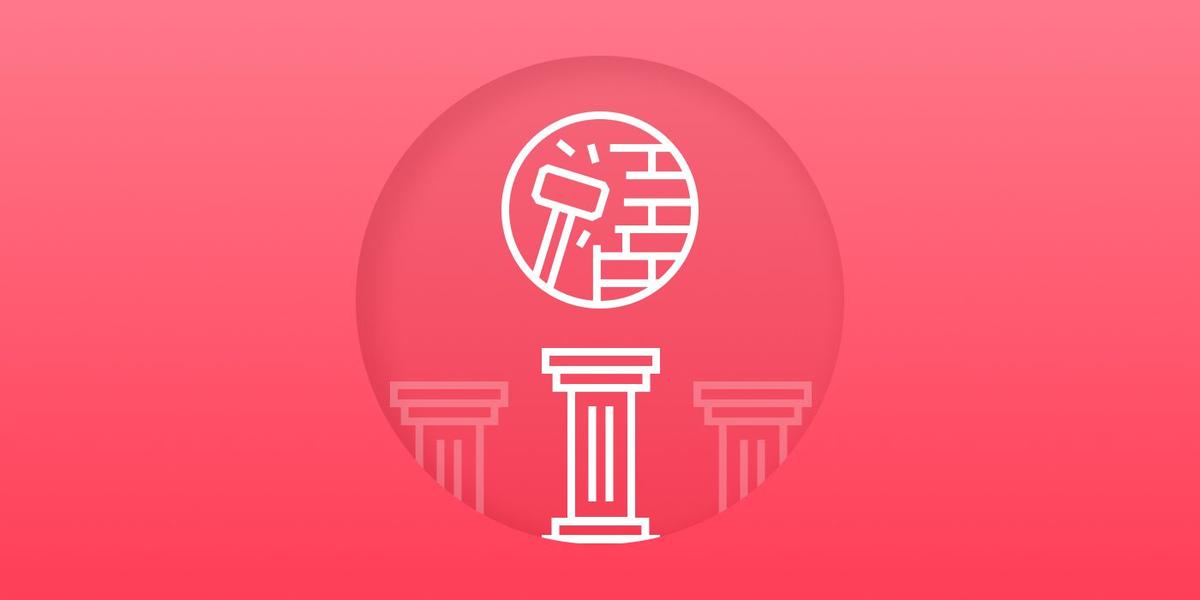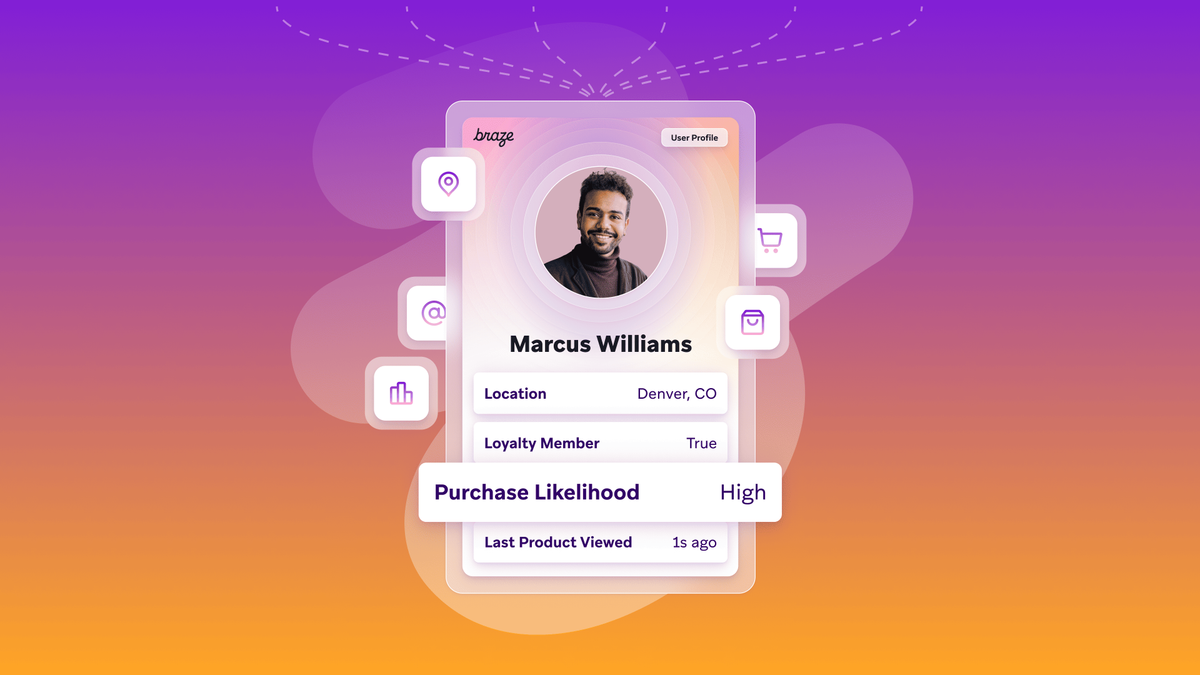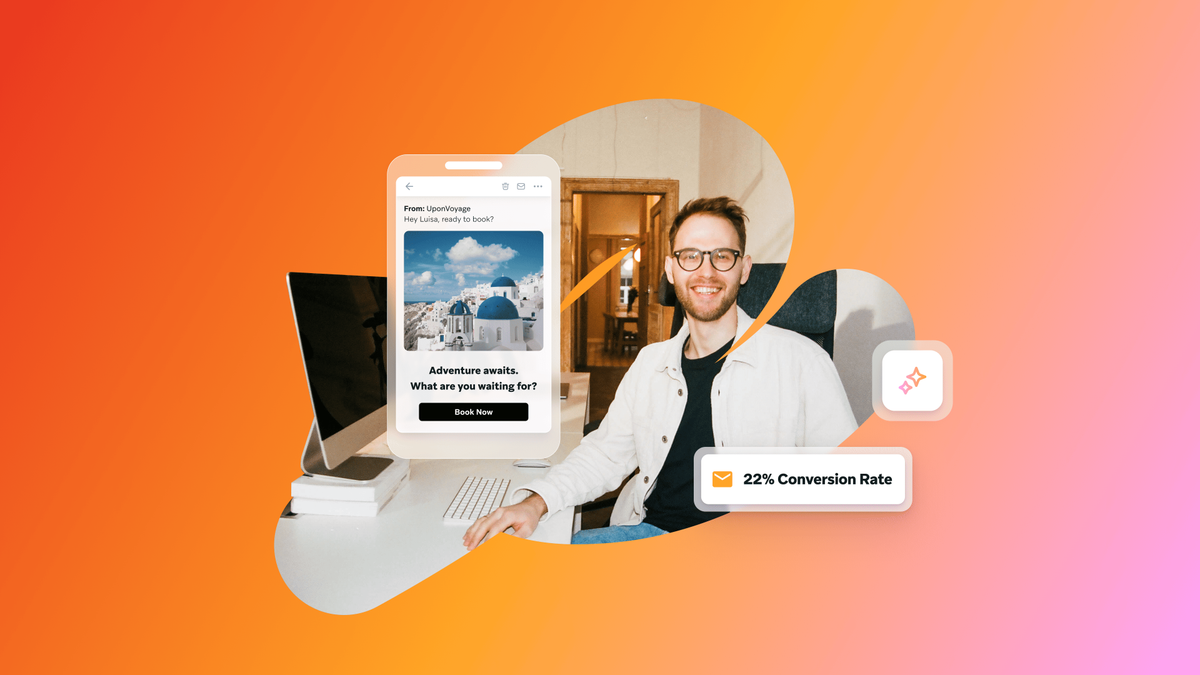Forge 2020 Recap: Break Boundaries
Published on October 14, 2020/Last edited on October 14, 2020/4 min read


Sunny Manivannan
VP & GM, Global SMB, Braze"But we’ve always done it this way."
My ears perk up every time I hear those words. I know it's human nature to crave consistency, to create structure, to build routines. But it's all too easy to get stuck in our ways while the world changes rapidly around us. However, in the exciting world of B2C marketing, the only constant is change—especially true this year. It's no surprise that the brands that have the greatest success are those that are able to break free from (and evolve beyond) what's always been done and work towards what can, and should, be done.
At Braze, across our global customer base that includes the most beloved brands of our day, we’re seeing top-performing companies adopting new routines, strategies, and practices that are designed to best serve their customers. From sweetgreen to Canva to Sephora SEA, major brands doing just that by breaking boundaries across the following three key categories:
1. Break Organizational Boundaries
What happens when customer care teams use one platform, business intelligence (BI) uses another, and marketing teams rely on something else—yet none of those systems can communicate? When tech platforms don't talk to each other and teams don't talk to each other, silos develop within the companies using them, causing inefficiencies and contradictory user messaging that often leave customers confused, frustrated, and feeling trapped.
However, these boundaries fade away as you evolve from legacy one-size-fits-all platforms to an ecosystem of best-in-breed solutions—as long as the organization structure follows suit. When teams across functions, including marketing, engineering, and data science, come together to deliver brilliant customer experiences, everybody has something to add, marketers can make informed data-driven decisions, and, ultimately, customers benefit.
2. Break Geographic Boundaries
For global companies, it's important not to miss the mark across markets, and that means investing in language-based personalization and location marketing. It’s also understanding that it’s not just about the language, but about understanding the cultural differences and local influences that make each message resonate with each customer. That requires human creativity and empathy, and a technology solution you can easily execute on that strategy at scale.
Canva, the leading online graphic design platform, has leaned into language personalization—reaching audiences across 20 different languages—as well as localized personalization, to communicate with its community made up of millions of users. And this effort has seen immediate results, with open rates and engagement rates that have jumped by 33% and 2.5%, respectively.
Brands that get personalization right can see a 10-30% uplift in revenue and higher engagement rates as well. Braze research has found that brands see more than a 1.6X increase in open rates on mobile push notifications and 1.7X boost in email unique click rates when they use personalization. Yet with only 15% of CMOs today believing that their company is heading in the right direction with their personalization efforts, there’s more work to do to set brands and their teams up for success.
3. Break Channel Boundaries
When separate systems exist to oversee messaging on email, mobile, and connected channels, companies lose out on creating that all-essential single view of the customer. According to Forrester, companies with poor customer engagement often lack the insights needed to know when and where to reach customers and struggle with siloed strategies for cross-channel marketing. Brands that are able to break down channel silos by reaching customers with thoughtful cross-channel marketing, on the other hand, see engagement rates increase by more than 800%.
Moreover, it’s important for companies to be able to easily explore and experiment with new channels as they emerge. An inflexible solution or tech stack is a real barrier to experimentation, one that could cause you to lose customers (and revenue). For example, when fast-casual salad chain sweetgreen launched its new online ordering app, it tested its first campaign on SMS. They were able to drive 10% conversion rates while increasing its SMS base to 10k highly-engaged users, expanding their reach and building stronger relationships with their audience in a single campaign.
How Major Brands Across Industries Are Breaking Boundaries
Delivery Hero, HappyFresh, HBO Max, IBM, Wine.com, and more have succeeded at putting customers first—and have delivered outstanding business outcomes as a result—by prioritizing breaking through organizational silos. At this year’s Forge 2020, our sixth annual user conference, leaders from these top brands shared the steps they've taken to break down barriers across their organizations, marketing channels, and all over the globe.
To experience those discussions, visit forge.braze.com between now and October 20 and watch the entire event—or a few choice sessions—on demand.




